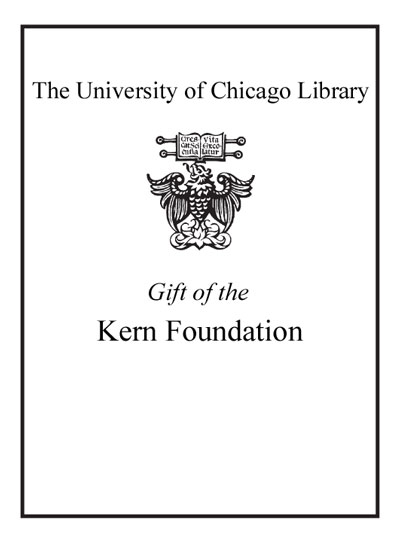Medical philosophy : a philosophical analysis of patient self-perception in diagnostics and therapy /
Saved in:
| Author / Creator: | Tomasi, David Låg, author. |
|---|---|
| Imprint: | Stuttgart : Ibidem-Verlag, [2016] ©2016 |
| Description: | 352 pages : illustrations ; 22 cm. |
| Language: | English |
| Series: | Studies in medical philosophy, 2367-4377 ; vol. 1 Studies in medical philosophy ; 1. |
| Subject: | |
| Format: | E-Resource Print Book |
| URL for this record: | http://pi.lib.uchicago.edu/1001/cat/bib/11038320 |
Table of Contents:
- Acknowledgments
- List of Figures
- List of Tables
- Foreword
- Introduction
- Introduction
- Chapter 1. A brief history of Medical Philosophy
- 1.1. General Aspects
- 1.2. Application and epistemological considerations
- a. Defining the questions
- b. Medicine as art, science, and technology
- c. Self-Image, Academic Achievement, Healing Process
- Chapter 2. Philosophy as basic approach to Medicine
- 2.1. Hermeneutics and Evidence-Based Medicine
- 2.2. Truth in Method
- a. Understanding the Language
- b. Clinical Reasoning
- c. Medicine and Psychology: Philosophical background and Scientific method
- Chapter 3. Between Neuroscience and Phenomenology
- 3.1. Hegel, Merleau-Ponty and Natural Religion: Where are we now?
- 3.2. Theoretically grounded, empirically supported: The mind-brain Problem
- a. An analysis of terms
- b. Suggesting a model
- c. Explanation of the goal
- Chapter 4. The Patient at the center of therapy
- 4.1. Patient's communication, perception and self-perception
- 4.2. The search for meaning
- a. Human, All Too Human
- b. Experimental Philosophy
- c. Mirror, Mirror on the Wall
- Chapter 5. Complementary, Alternative, Traditional Medicine
- 5.1. I shall please, I will please
- 5.2. Integrating, complementing, completing
- a. A logical examination: Central Medicine
- b. Efficacy, Efficiency, Effectiveness
- c. Culture and Identity
- Chapter 6. Beyond the realms of this world
- 6.1. Camus, Sartre, and God: where are we now?
- 6.2. Alfa et Omega, Diagnosis et Prognosis
- a. The time of our life
- b. Multiple Perspectives
- c. Near Death Experience and a Mindful Awareness
- Chapter 7. Translational science
- 7.1. Taxonomic considerations
- 7.2. Applied Medical Philosophy
- a. The Third Way
- b. Finding Balance
- c. Research and beyond
- Conclusion
- Aterword
- Appendix Empirical Research at the University of Vermont Medical Center
- 1. Introduction
- 2. Objective
- 3. Methods
- 4. Protocol
- 5. Approvals
- 6. Structure
- 7. Subject Selection
- 8. Administration
- 9. Personeel involved in the Study
- 10. Presenting the Data
- a. General Considerations
- b. Views on Life's Meaning and Purpose
- c. Patient Perception in Diagnostics and Therapy
- 11. Survey & Questionnaires, Original Format
- Part 1. Patient Satisfaction Focus Group Survey
- Part 2. Health Perception Survey
- 12. Selection of Comments
- Part 1. Patient Satisfaction Focus Group Survey
- Part 2. Health Perception Survey
- 13. Conclusion
- References and Further Readings
- 1. Bibliography
- 2. Quoted Works
- 3. Other Sources

